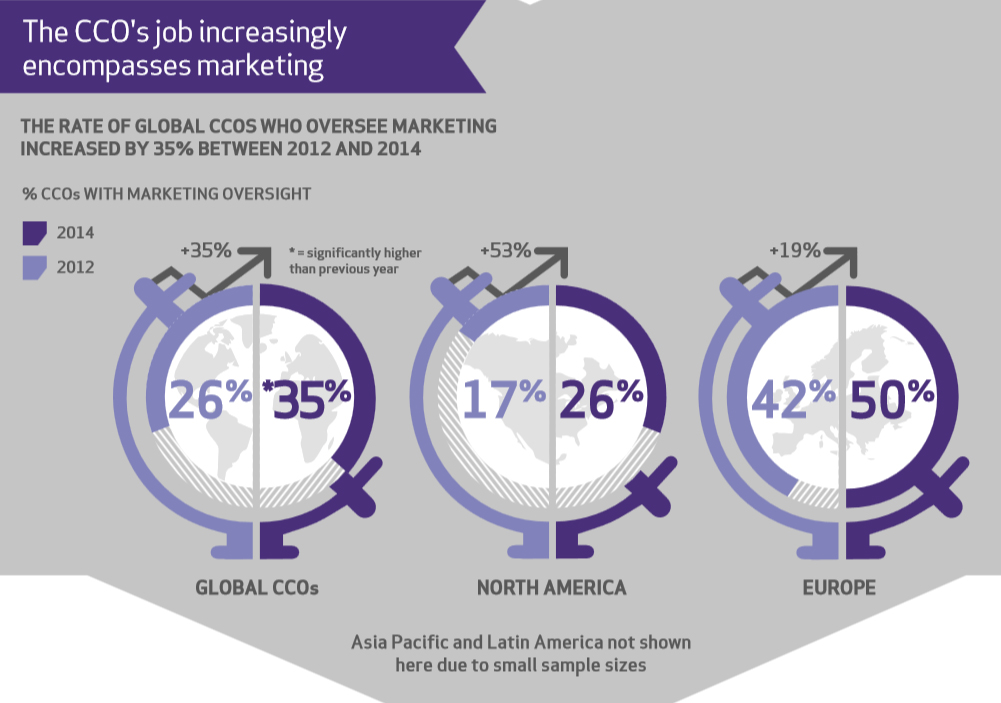The challenge to integrate marketing and PR in India
PR Insight
Paarul Chand
According to the report, “Convergence Ahead: The Integration of Communications and Marketing”, put out by Weber Shandwick in July this year, there is a rising trend towards integration of the communications and marketing functions. This is being driven by the increasing fusion of brand and corporate reputation and a changing marketplace prodded by social media.
The report is based on interviews, conducted between October 2013 and January 2014, with people handling the dual function of marketing and communication across APAC, Europe and the US. The study points to the emergence of new designations such as Chief Marketing and Communications Officer and VP Global Branding, Corporate Communications and Creative Services and covers sectors such as automotive, healthcare and higher education, including both Fortune 500 companies and start-ups.
An earlier report released by Weber in June 2014 called 'The Rising CCOs' also shows that CCOs in the US and Europe have greater responsibility for marketing today compared to several years ago. The rate of global CCOs who have oversight for marketing increased from 26 per cent in 2012 to 35 per cent in 2014 – a 35 per cent increase.

Will this integration impact communication budgets?
Leslie Gaines-Ross, Chief Reputation Strategist, Weber Shandwick says that, “Based on our research of chief communications and marketing officers (CCMOs), PR budgets are not being squeezed. What has happened is that marketing and PR budgets are combined, which allows for greater efficiencies in how money gets allocated”.
Leslie adds that, “CCMOs say they are in a better position to leverage resources and manage budgets. According to one respondent, “We have never had a huge team or been flushed with cash, but this helps manage our resources to get us the greatest value.” In an integrated department, the dividing line between communications and marketing is blurred. Therefore, resources go to where they are needed and are often allocated to ensuring messages are communicated outward with one coherent and efficient “enterprise voice.” “
In fact better aligned budgets produce engaging original content. The report says that, “Integration’s larger budgets and greater authority have enabled some CCMOs to craft compelling stories that shape reputation through content journalism.”
Shweta Munjal, Head – Corporate Affairs, South Asia, Thomson Reuters agrees that, “Increasingly, integrated marketing and communications plans have a very strong built-in PR element as there is greater acceptance of the strategic value that PR can deliver through engagement. A well plugged PR approach into integrated marketing communication surely set the stage for softening the marketplace, building credibility and extending the impact and reach of marketing programs.”
Shweta feels that PR enables interaction in channels where the customer lives and that leads to engagement – by delivering content that is vital and relevant to the target market and audience. “As PR professionals are enjoying a seat on the table in marketing meetings, the fuss over budget gets blurred. I speak from a b2b perspective, amplification of marketing campaigns demand PR is brought onto the scene well in the planning stage and therefore PR budget isn’t a challenge. “
Rakesh Kumar Jha, PR professional with a leading Indian PR agency has a different perspective and admits that, “Unfortunately PR is the first casualty of a budget cut in any mar-comm! And it will take some more years to see a change in this perspective”
However Rakesh feels the bigger challenge is, “To see how we fare on the strategy and ideation part. Even though it is no longer a property of someone particular, the notion has always been unfavourable for the PR professionals”.
Rakesh adds: “On the other hand while integration would bring about generalisation there would always be a need for a specialist. So while we may move towards integration, which is good, we should not dilute our specialisation. It’s like you visit your general physician regularly but you do need a specialist’s help for certain care and that’s what you are valued for.”
What is the strategic advantage of integration?
Leslie points to 3 main ways by which integration helps a business, “First of all, integrated structures have proven invaluable during shifts in corporate strategy and reputation management priorities. Secondly, integration yields satisfaction and unforeseen innovation and thirdly, integration better aligns with an ever-changing and increasingly complex media environment”.
According to a CCMO quoted in the report, “If you look at how brands and reputations get built and maintained, it is a hybrid. The boundaries between what used to be traditional marketing and communications are dissolving. If you can’t mix and match the different components of marketing and communications, you won’t be effective at building brands and reputations.”
If you enjoyed this article, you can subscribe for free to our weekly event and subscriber alerts.
Featured

PR professionals share their views on journalists publicly calling them out on story pitches

Auto blogger renders unconditional apology to Value 360 for defamatory posts

Hottest Indian startups of 2020, Paytm, Dreams 11 lead the charge: Wizikey Report




